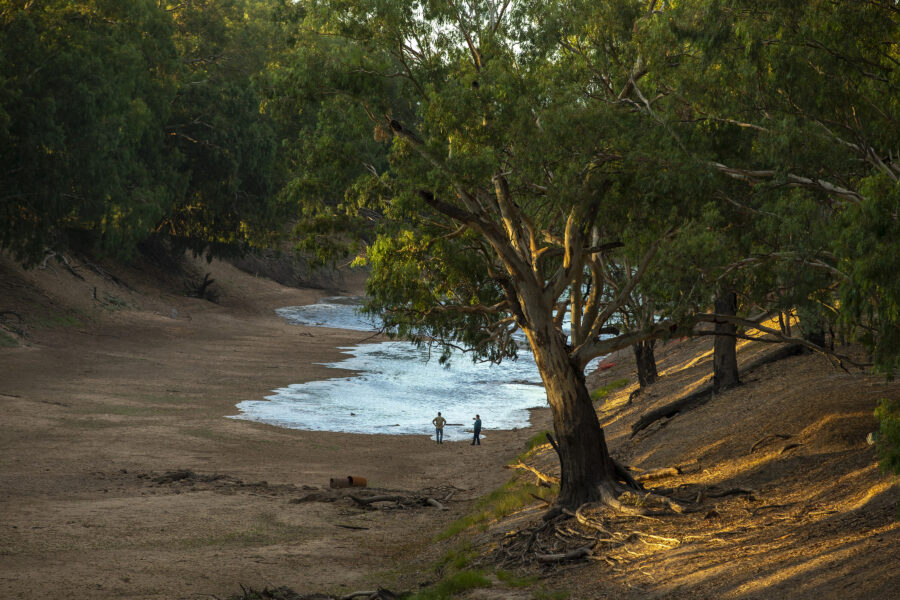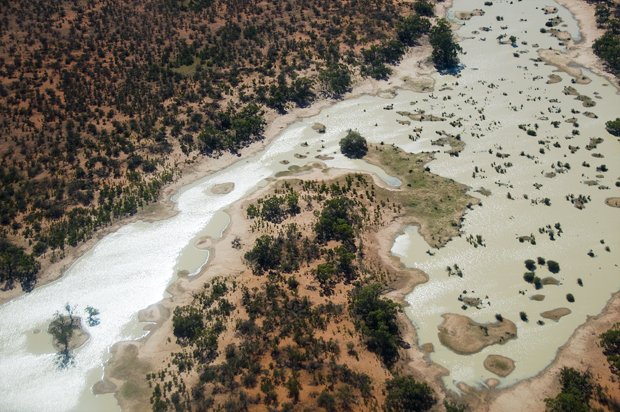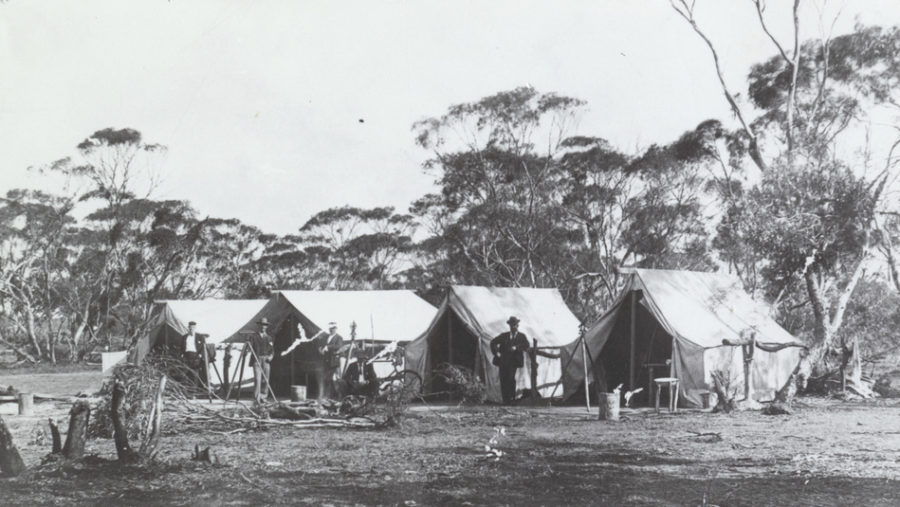OPINION: Getting the Murray–Darling Basin Plan back on track

A ruling by the 2019 Murray–Darling Basin Royal Commission led by leading barrister Bret Walker SC found “politics rather than science ultimately drove the setting of the Basin-wide sustainable diversion limits. […] It is an unlawful approach. It is maladministration.”
Despite that scathing indictment, almost two decades since the National Water Initiative was signed and more than a decade since the $13 billion Murray–Darling Basin Plan (MDBP) was enacted in 2012, Australia’s largest and most productive river basin has still not received the minimum river flows it needs to stay healthy.
The findings were part of a major study released in September 2023 by the Wentworth Group of Concerned Scientists, an independent collection of scientists and professionals. The study assessed minimum water requirements across rivers in the Murray–Darling Basin (MDB), defined by MDB governments based on best available science, such as the river flows needed to reduce risk of blue-green algal blooms, the periodic overbank watering needed to keep red gum forests alive.
Only 26 per cent of the water requirements assessed were achieved in the past decade since the MDBP was adopted. Longer-term declining trend since the 1970s were also observed. Only two of the eight Ramsar wetlands of International Importance (Gwydir Wetlands and Narran Lake) received the overbank flows necessary to stay healthy.
Despite some observed improvements in flows, the study demonstrates that overall progress on water reform in the Murray–Darling Basin has not been sufficient to overcome impacts of overextraction, water mismanagement and climate change, diminishing water in our rivers and contributing to widespread salinity, blue-green algae blooms, mass fish kills, decline of freshwater species and degradation of floodplain ecosystems.
Since Federation, successive governments have grappled with the challenge of managing water resources in the MDB. More than a century of growing water use has led to chronic over-extraction of water and significant environmental degradation. In 2010, when the Millennium drought ended, 21 of the 23 catchments in the MDB were in poor or very poor health.
In 2004, a major intergovernmental agreement – the National Water Initiative – was signed by all governments of Australia. It represented a once-in-a-generation opportunity to restore the health of river systems in a way that promoted economic prosperity while using less water and paved the way for the national legislative framework, the Commonwealth Water Act 2007, agreed by parliament on a bipartisan basis and enacted in 2012. These laws required the Commonwealth to determine how much water was needed to be returned to the river system to ensure its health.
Yet the MDBP target did not secure enough to water to achieve the flows that were needed for a healthy river. The 3200gigalitre target fell substantially short of the Murray–Darling Basin Authority’s best estimate that between 3856GL (high uncertainty) and 6983GL (low uncertainty) was required.
Since the Water Act was agreed, there has been some progress, with two thirds of the water recovered (2107GL) and with more than two thirds of the funding spent. While no overall general improvement in the condition of river systems has been observed, there have been local improvements in river flows, salinity, water quality, and the condition of freshwater species in river reaches receiving additional water.
A series of institutional changes since 2012 have eroded regulatory oversight of the national water reforms: in 2013, the Murray–Darling Basin Ministerial Council abolished the Sustainable Rivers Audit, a program that was established to measure the condition of the river systems in the MDB; in 2014, the federal government abolished the National Water Commission; and in 2017, revelations of possible water theft and meter tampering exposed inadequate monitoring and compliance regimes.
After a decade of stalling and unwinding of water reform, decisive steps are being taken to get the ailing $13 billion MDBP back on track. In September, the federal government introduced legislative amendments to the Water Act to extend timelines and recommence voluntary water purchase. It followed a recent announcement by Minister for Environment and Water Tanya Plibersek of a new agreement to implement the MDBP in partnership with MDB states other than Victoria. Importantly, this signifies the Commonwealth’s willingness to assume its constitutional powers to progress the MDBP, with or without state support.
Yet one important fact remains: The Water Act requires governments to ensure water extraction does not compromise ecosystems that depend on freshwater flows in the MDB, but this is still clearly not occurring. If the proposed legislation fails to rectify this, the consequences will be far-reaching, not just for the health of the river, but for the 2.3 million people who live and work in the MDB and a further 1 million who depend on its water.
If we want to secure drought supply for towns like Walgett and Wilcannia, if we want First Nations to thrive, if we want the irrigation industry to access clean water, if we want our favourite camping and fishing spots to have healthy trees and Murray cod, we must improve our national water laws. There is no better a time: Major floods of 2022 have recharged the MDB with water, breathing life back into vast areas of desiccated landscapes and demonstrating many parts of the ecosystem can still bounce back.
The Wentworth Group has proposed practical solutions that would give public confidence that the river is receiving the flows it needs, while supporting regional industries and communities to transition to a future with less water. These include greater accountability and transparency in water recovery programs, maximising benefits of water recovered by releasing water from storages in pulses to re-connect rivers to their floodplains, ensuring water management rules prioritise essential river flows for communities and river health above major upstream extractions, establishing a transition fund to support regional communities, and embedding climate change and Indigenous interests in all aspects of water management and planning.
The MDB is still over-allocated, and the future will be harder than the past. The spotlight is now on the Australian Parliament to ensure that reforms to our national water laws prioritise the health of Australia’s important but imperilled MDB and give its communities confidence in their long-term future.
Dr Celine Steinfeld is a geographer specialising in natural resource policy and management in Australia. She has been Director of the Wentworth Group since 2019.




